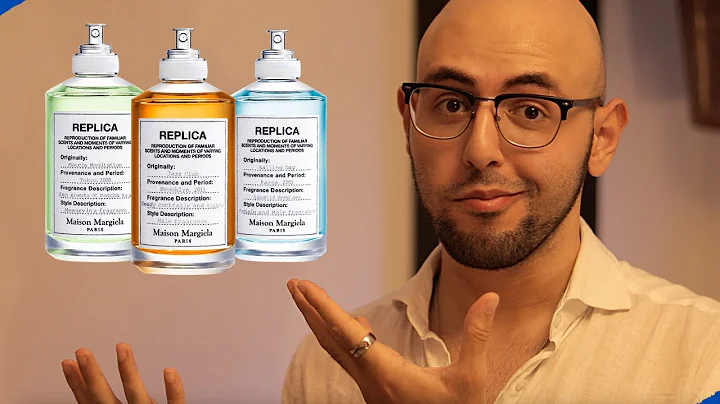Mastering Candlestick Chart Reading: Beginner's Guide
Table of Contents:
- Introduction
- Understanding Candlestick Charts
2.1 Green Candlesticks
2.2 Red Candlesticks
2.3 Candlestick Body and Wicks
2.4 Interpretation of Candlestick Size
2.5 Doji Candlestick
- Importance of Candlesticks
- Reading Candlestick Charts
4.1 Reading Green Candlesticks
4.2 Reading Red Candlesticks
4.3 Identifying Trends
4.4 Identifying Sideways Ranging Markets
4.5 Identifying Momentum Gain
4.6 Identifying Momentum Loss
- Conclusion
Understanding Candlestick Charts
Candlestick charts are a popular tool used in technical analysis to understand and interpret price movements in financial markets. By examining different candlestick patterns and formations, traders can gain insights into market sentiment and make informed trading decisions. In this article, we will explore the fundamentals of reading candlestick charts and how they can be used to identify trends, momentum gain, and loss in various market conditions.
Green Candlesticks
Green candlesticks, also known as bullish candlesticks, represent periods where the price of an asset has appreciated and moved upwards during a specific time frame. The rectangular area within the candlestick body is known as the real body, while the lines that extend above and below the body are called the wicks or shadows. For green candlesticks, the opening price is located at the bottom of the body, while the closing price is at the top. The wick's top represents the highest price point reached during the period, and the wick's bottom represents the lowest price point.
Red Candlesticks
In contrast, red candlesticks, or bearish candlesticks, indicate that the price of an asset has depreciated and moved downwards during a specified time frame. Similar to green candlesticks, the opening price is at the top of the body, while the closing price is at the bottom for red candlesticks. The wick's top represents the highest price point reached, and the wick's bottom represents the lowest price point for the given period.
Candlestick Body and Wicks
The size of the candlestick body provides valuable information about price movement and momentum gain or loss. A larger body indicates a higher momentum gain as the price has traveled a greater distance during the specified time period. Conversely, a smaller body represents a momentum loss as the price has moved a shorter distance within the same time frame. Additionally, when a candlestick has a very small or no body at all, it is known as a doji candlestick, which suggests indecision among buyers and sellers.
Interpretation of Candlestick Size
By analyzing the size of candlestick bodies, traders can gauge the strength of buying or selling pressure during a particular period. For example, a series of large green candlesticks indicates strong bullish momentum, as buyers are in control and pushing the price upwards. On the other hand, a sequence of large red candlesticks signifies significant bearish momentum, with sellers dominating the market and driving the price downwards. Traders often seek opportunities during periods of momentum gain to capitalize on potential price movements aligned with the prevailing trend.
Doji Candlestick
The presence of a doji candlestick is indicative of indecision between buyers and sellers. This pattern occurs when the price fluctuates up and down during a specific time frame, eventually closing at or near the same level as the opening price. The doji candlestick represents a pause in the market and reflects the uncertainty and potential reversal. Traders should remain cautious during such periods as a trend reversal may occur.
Overall, understanding candlestick charts and their patterns can help traders identify potential entry and exit points in the market. By combining candlestick analysis with other technical indicators and tools, traders can gain a comprehensive view of market dynamics and make more informed trading decisions.







